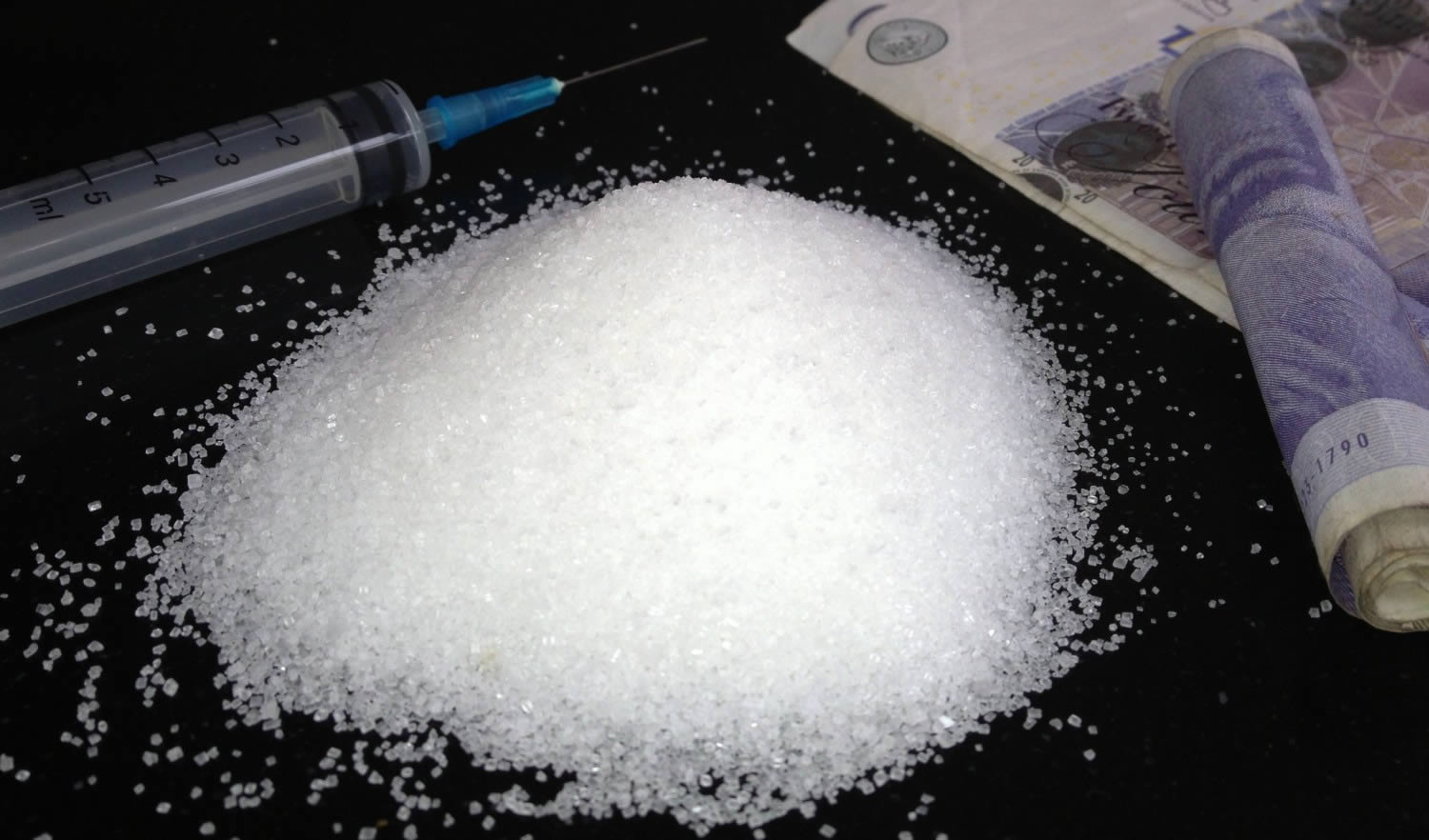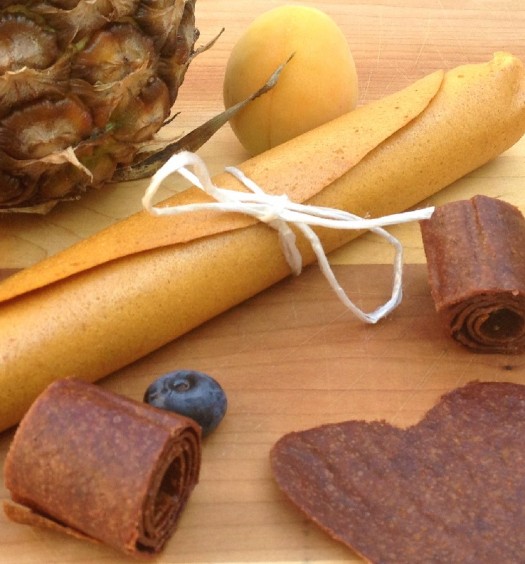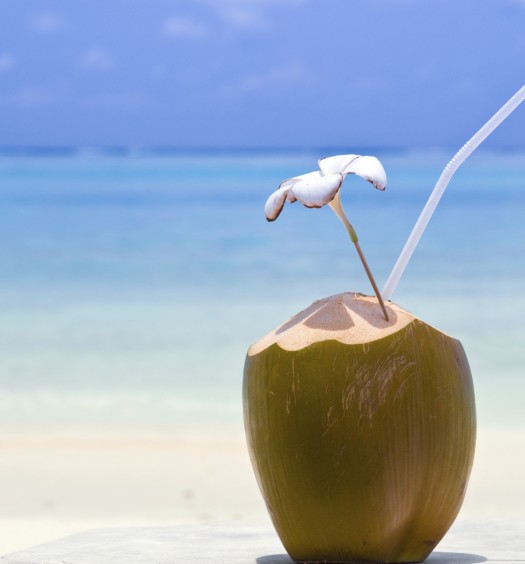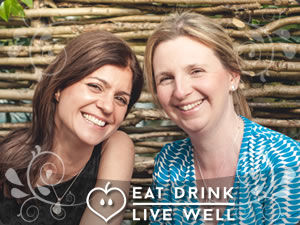Given the choice, rats choose sugar over cocaine. Why does this not surprise me? I’ve been researching the perils of sugar for many years now, but what has recently come to light is the way manufacturers are exploiting science in order to get us ‘hooked’. We’re being led into what could be considered a deadly addiction.
Dr Robert Lustig, a leading expert on childhood obesity, has been creating a storm with his book ‘Fat Chance: The Bitter Truth About Sugar’. It’s a scary eye-opener about the addictive and toxic nature of sugar and how the food industry has made it into a diet staple to make us buy more. He warns that it’s endangering lives with sugar, not fat, at the heart of the obesity epidemic.
By ‘sugar’ he’s referring to normal sugar (sucrose) and fructose, most notably high-fructose corn syrup which he calls “the most demonised additive known to man”. It’s not just about the calories, sugar is poisonous in its own right. It has unique characteristics (specifically how we digest the fructose) that make it so dangerous.
The science bit
In the 1980s, high-fructose corn syrup (HFCS) was portrayed by the food industry as a healthy alternative to sucrose (it’s also cheaper meaning more profits). So it was used in fizzy drinks and all manner of foods. But the physiological effects of them both are the same. The fructose component of sugar and HFCS is metabolised by the liver and if in liquid form (soft drinks/fruit juices) hits the liver faster. If the liver is bombarded with too much fructose for it to cope with it turns it straight into fat.
As fructose is found naturally in fruits why aren’t they bad? Well, their fibre content slows down the absorption of the natural sugars and prevents fat storage. We are meant to eat the whole fruit, not just extract the sweet juice.
Sugar intakes are rising in direct correlation with the rise in diabetes, obesity, heart disease and cancers. The question to ask is at what dose does sugar go from being harmless to harmful? Experts believe this to be 200 calories a day from sugar – that’s half a can of coke!
The main problem isn’t the odd bit of chocolate or slice of cake. It’s that sugar is added to all kinds of foods that don’t need it – bread, sauces, yoghurts, meats, soups and many ‘healthy’ marketed snacks. With the craze for low fat goods, companies add sugar to maintain the flavour. These foods may be low in fat but inspect the label and they’re high in hidden sugar which is actually far more dangerous (and fattening). Take a pot of low-fat yoghurt, there could be up to 10 teaspoons of sugar in there.
How food companies are drug-pushers
Studies show that children like sugary things more than adults. Is this an instinct thing or the result of massive amounts of sugar being added to foods aimed at children? Could it be that the food industry is teaching our kids what food should taste like? If so they have to take responsibility for creating dangerous addictions to sugary foods.
What really bothers me is the notion of the ‘bliss point’. No joke, this is a real term used by food technicians. It refers to the precise amount of sweetness that makes food and drinks most satisfying. This bliss point of sensory pleasure dictates what we consume more than we are aware. Producers spend millions researching the exact amounts of sugar and salt they should add. They want kids to reach their bliss point with their products so we buy more. They make money and we make fat.
Nearly all processed foods have been polluted by sugar and it’s hard to spot (there are over 50 different names for it such as glucose, maltose, dextrose). A little sugar is fine, but with all this creeping through the back door, we don’t know how much we’re having – we’re way over our toxic limit.
So what can we do?
Apart from creating a massive food revolution (which wouldn’t actually be a bad thing), the obvious thing is to eat ‘real’ foods and avoid anything processed, especially soft drinks. If you cook things yourself you can monitor how much sugar your family is eating and have control.
Take cereals as an example, most would be better placed on the biscuit aisles. Frosties are worst with 37 percent sugar, while crunchy nut cornflakes have 35 percent. Even those marketed as healthy such as Bran flakes (22%) and special K (17%) are high in sugar. Better breakfast options are things like porridge. Even if you sweeten it with dried fruit or a drizzle of syrup, you’re still consuming way less sugar compared to a bowl of cereal.
The most important thing to remember is to try to wean ourselves off this liking for sugary things. Using minimal amounts and tasting real food instead of adulterated products pushed onto us by companies who are stealing our money and our health.
We hope you enjoyed this article. Let us know how you get on in the comments below or on our facebook page and don’t forget to sign up to our newsletter to receive more recipes, nutrition tips and expert advice.






